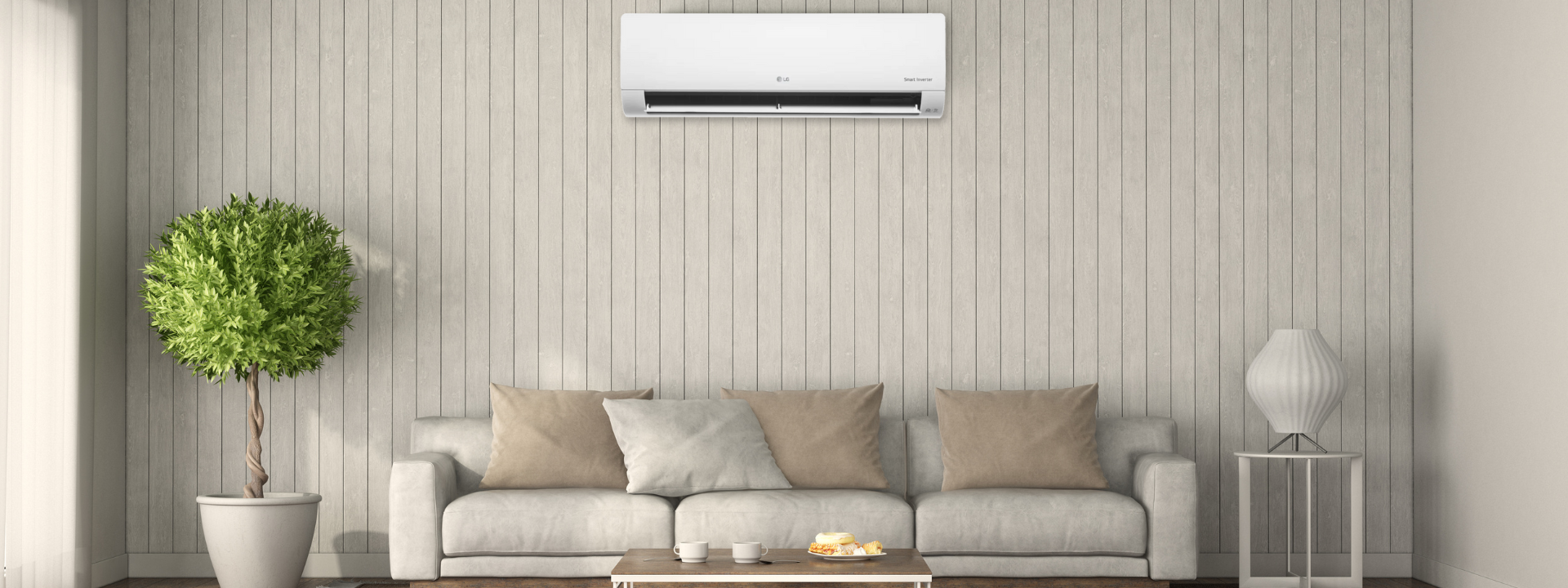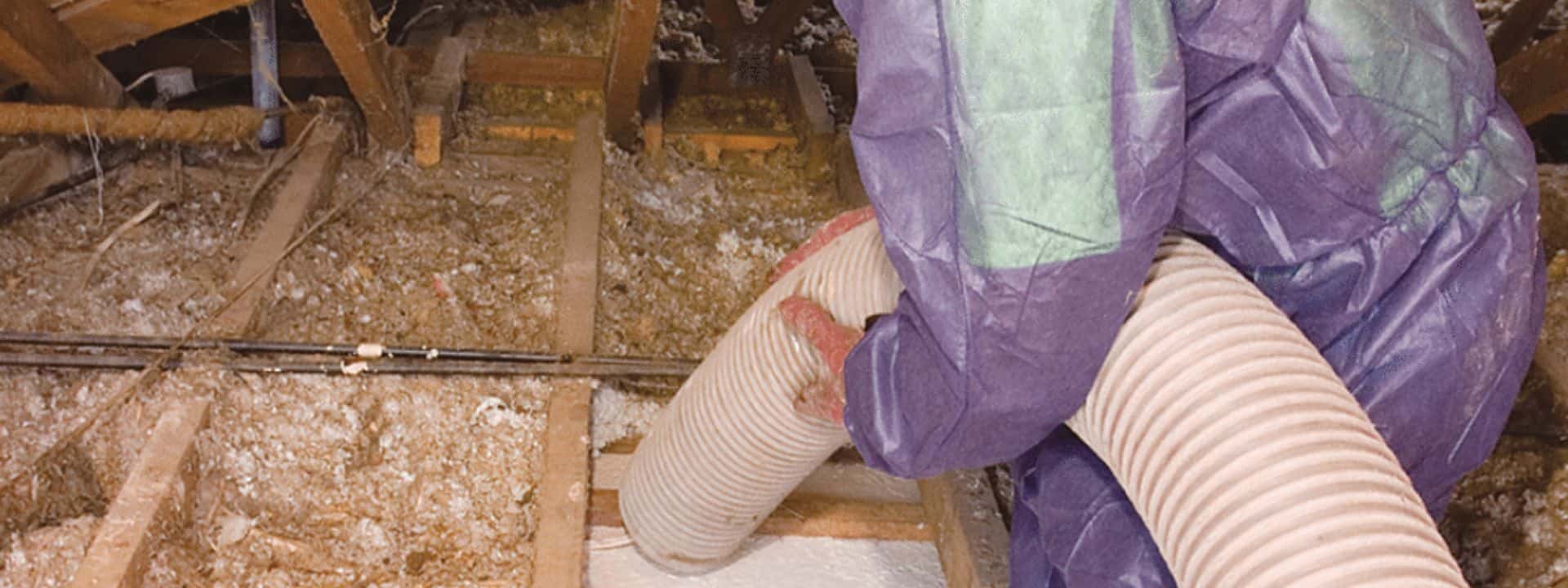The Benefits of Wall Insulation
Insulating Existing Walls
Insulating Existing Wall Cavities
Insulating existing walls offers significant benefits for your home, including:
- Improved energy efficiency
- Reduced heating and cooling costs
- Increased comfort year-round
- Improved indoor air quality
- Enhanced noise reduction
The Insulation Process
Insulating existing walls doesn’t require demolition. With the right products and techniques, we can effectively insulate brick veneer and double brick walls without disturbing the structure.
Two Primary Insulation Methods:
-
Roof Cavity Insulation:
We access the wall cavity from the roof by lifting roof tiles.
Insulation is blown into the cavity from above.
2. Drill and Fill:
For blocked cavities, we drill small holes in the mortar joints.
Insulation is blown into the cavity through these holes.
The holes are then patched to match the existing brickwork.
The Importance of Electrical Safety
Before insulation installation, it’s crucial to conduct an electrical safety inspection to ensure compatibility with the new insulation. Our team of experts can handle this process for you.
Partner with Alexander Watson for Professional Insulation Services
As leading insulation specialists in the ACT and Canberra region, Alexander Watson offers expert insulation solutions tailored to your needs. We prioritise quality workmanship, energy efficiency, and customer satisfaction.
Contact us today to schedule a consultation and learn more about our insulation services.
Download our FREE insulation installation guide
continue reading
Related Posts
When we undertake a wall insulation installation the very first step is to plug the wall cavity if the house is built on a suspended timber floor.
When we undertake a wall insulation installation the very first step is to plug the wall cavity if the house is built on a suspended timber floor.
When we undertake a wall insulation installation the very first step is to plug the wall cavity if the house is built on a suspended timber floor.


